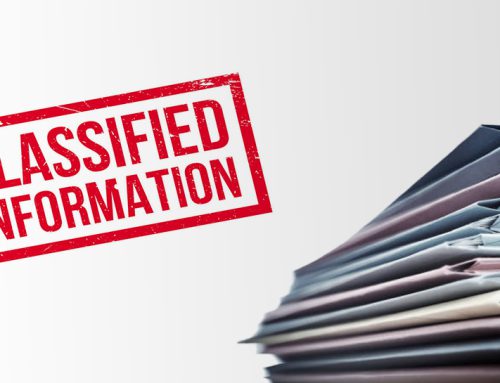Let’s say you come up with an idea for a project. It is innovative and has the potential to fulfill a need of the hour splendidly. You’re ecstatic and have already started dreaming of a mansion with an indoor pool that you’re going to buy with the millions your invention will help you make. You decide to not delay the millions any further and introduce your invention to the market. You’ve talked to a few people for your project when it suddenly occurs to you. Once your product flows into the market, it won’t be long before competitors catch up to it and start producing it as well. You, obviously, will not get paid for those sales and your millions will float away into the hands of an intellectual thief, along with your mansion and its indoor pool. So, how do you protect your brainchild?
This is where a patent comes in. A patent is a set of rights granted by the government which can enable one to protect their invention from sneaky idea thieves. A patent lasts for 20 years and prevents firms from replicating a product for sale in an area without the permission of the owner. Once you have a patent for your invention, your rights over the production of that product are safeguarded for 20 years. If someone decides to manufacture your idea without your permission, you can take legal action against them. This ensures that the revenue generated from an inventor’s idea rightfully reaches their pocket.
Before the Patent
An important part of ensuring that you do not become a victim to intellectual theft is that before filing the patent application, you do not publish your idea in any way. This includes your own publications, lectures, posters, thesis, dissertations, final reports, research applications, guided tours, press releases or presentations at fairs. In order to be awarded with a patent, your invention must not be of prior knowledge to the public. It is also advised to include a confidentiality agreement when pitching your idea to investors and partners.
What will I have to include in my patent application?
When you start creating your patent application, there are a lot of things to be considered and it can be structured in a number of ways. However, some features are common to all patent applications such as:
1. Title of invention: Your title should sufficiently represent your invention.
2. Abstract: Your abstract should cover all technical aspects of your invention and should not be more than two pages long.
3. Field of the invention: Specify which field your invention is related to.
4. Background of the invention: Here, you explain why your invention is necessary and what new and improved features it brings to the table. This is limited to two pages as well.
5. Detailed Description: You will describe in detail the exact components, system, and methods used to produce your invention so that someone else, skilled in the specific area, would be able to reproduce it using your instructions.
6. Claims: In this section, you present your legal claims in the form of precise statements. It is advisable to prepare your claims before drafting your patent application. This will give you a better idea of which points you should cover in your specifications.
7. Drawings: If drawings are necessary to describe your invention, this is where you add them.
What if I’m in a hurry?
If you’re in a hurry to get legal security over your invention and waiting the entire duration of patent filing would be risky, there is a solution for that too! You can get a Provisional Patent.
Provisional Patent Specification: You can get a 12-month patent by filing for a provisional one. This is a quick and inexpensive way for inventors to get a temporary patent for their in-process invention. It does not require a lot of the details that a full patent process does, and you can then file a complete specification within 12 months of your Provisional Patent Specification.
How heavy will it be on my pocket?
According to the government of Pakistan, a complete patent specification will cost you 6,750 rupees and a Provisional Patent Specification will be 2,025 rupees. These costs are estimated and may rise under certain conditions, for instance, if the number of pages exceed forty or the number of claims exceed twenty.
After you have been successfully awarded a patent for your invention, you can start your production process and begin working towards your dream mansion or in this economy, an apartment with a fancy bathtub maybe.
By Maryam Warraich
FICS’20 Team Publications




Leave A Comment